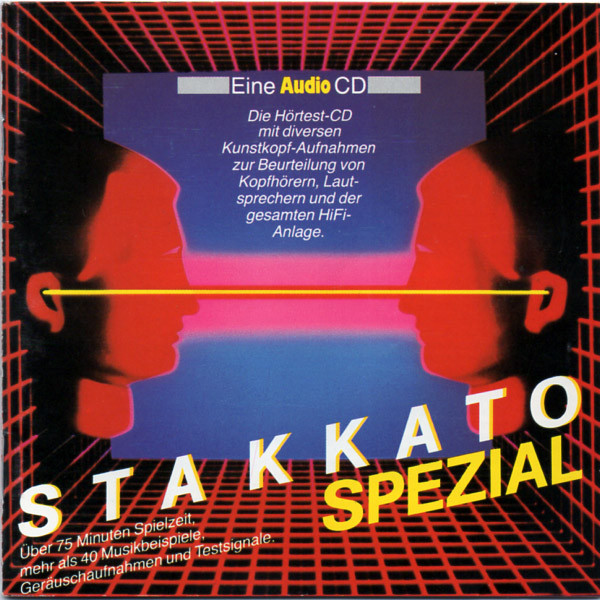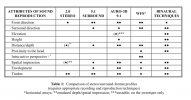That is incorrect because pinna’s role is to externalize sound. Unless you do not have pinna ( outer ear) you will hear the sound outside you head because pinna functions as a direction finding mechanism.
You are mistaken on this point. The effect I experienced has also been documented by respected researchers.
I also have headphones that strongly engage the pinna, and I suspect that is why they have such a spacious experience that can extend well outside the head. But the centered sounds still exist squarely inside the head, which by your theory of the pinna shouldn't be possible.
Unless the stereo mics is spaced around 17 cm, the ITD information is wrong. XY configuration mics do not have ITD at all.
Agreed. And there are additional options beyond simple spacing of the L/R mics. We could probably debate whether the sense of space, width, etc. is correct when played back (I personally doubt it's correct) but correctness isn't the criteria here, merely the existence of width, space, etc.
There many recording can crate sound behind you using effect.
I'm confused, using what effect?
This sound is typically short duration or just flashes as the illusion can only lasts for few seconds before the brain localize the actual air action of the sound coming.
I'll have to disagree on this point. In the example I referenced it persisted long enough for the person to walk from the back of the church to the front, and I could (and did!) play it over-and-over back-to-back to repeatedly experience the effect, and it never once faded until I changed the room acoustics.
Even now there are songs that have persistent reverb that appears behind my head for the entire song.
Even with XTC, I cannot claim that I could make the bee flying binaural recordings going behind my head although it can happen for a fleeting seconds and not too far behind the head.
Agreed that with very few exceptions the sound is not very far behind the head. Make no mistake, there are very significant limits on what 2-channel can produce by way of sensations behind the head. But that's entirely different than saying it can't be done, except with special digital processing, which is how I interpreted you prior posts.
The topic is soundstage of stereo and whether speakers can improve that. What I am reading so far there is confusion with sound stage, imaging and spaciousness.
Agreed. I don’t believe speakers can improve soundstage, though certain poorly engineered speakers can erode the effect. Speaker dispersion, room acoustics, system setup all factor into the final experience.
And agreed on the confusion; I know I've been referencing all three.
Anyway, you have strongly held beliefs on the matter that contradict my personal experiences, and your beliefs will no more convince me that I haven't experienced these acoustic sensations than my personal anecdotes will cause you to question your beliefs. And that's OK, so I'm just as happy to leave these discussions where they are.
Best!




